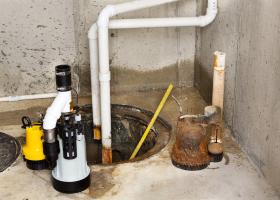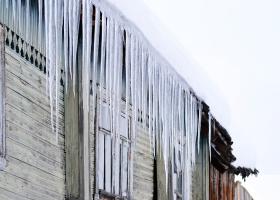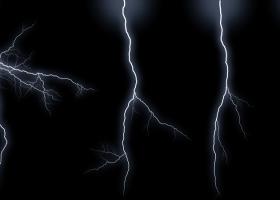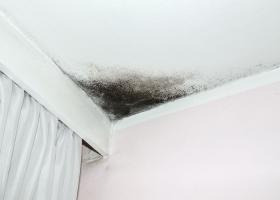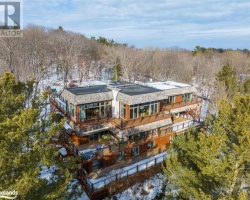How to fix a squeaky Floor


Squeaky floors may alert you to kids sneaking in past curfew, but they've got little else going for them. Annoying floor squeaks, common in many homes, typically occur after the house has settled and flooring lumber has dried out and shrunk. As you walk across the floor, boards rub against each other or slide against nail shafts to produce a cacophony of squeaks and creaks. 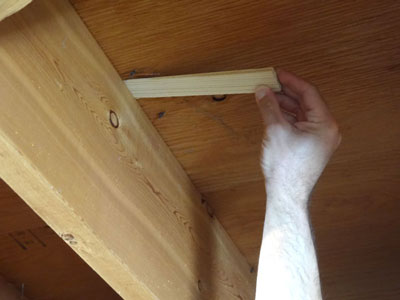 Loose subflooring, both solid-board and plywood types, will also emit high-pitched chirps. Traditional hardwood strip flooring is the most susceptible to developing a case of the squeaks, but all types of flooring can make annoying noises. The good news is that it's easy to silence nearly any squeak in a matter of minutes -- if you know a few tricks.
Loose subflooring, both solid-board and plywood types, will also emit high-pitched chirps. Traditional hardwood strip flooring is the most susceptible to developing a case of the squeaks, but all types of flooring can make annoying noises. The good news is that it's easy to silence nearly any squeak in a matter of minutes -- if you know a few tricks.
If the floor is over a basement or crawl space, go below to make the repairs. Start by having someone walk across the floor while you listen from below. When you hear a squeak, have the person above rap on the floor so you can pinpoint the exact spot. Next, take a thin wood shim and coat it with carpenter's glue. Gently tap the shim into the space between the joist and subfloor. Don't drive it in too far because you will raise the flooring. You just want to fill the gap above the joist and take out any "give" in the floor. For additional support, drive a 1 1/4-in. drywall screw at an angle up through the joist and shim and into the subfloor.
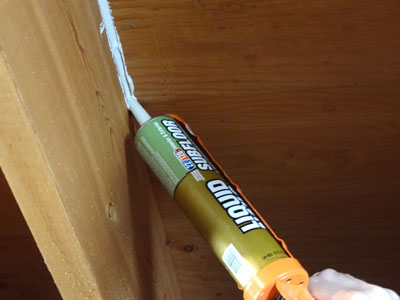 Sometimes the gapping between the subfloor and joist is too narrow, too irregular or too widespread for shims to be effective. Or perhaps you can’t pinpoint the exact source of the squeak. A good solution is to use a bead of construction adhesive to glue the wood together. You don’t have to press the gaps closed; construction adhesive fills the space and hardens. The key is to force it as far as possible into the gaps without widening them. Work both sides of the joist for a strong, lasting connection. And glue nearby joists as well in case you can’t find the exact squeak source. Keep off the floor for a day until the glue hardens.
Sometimes the gapping between the subfloor and joist is too narrow, too irregular or too widespread for shims to be effective. Or perhaps you can’t pinpoint the exact source of the squeak. A good solution is to use a bead of construction adhesive to glue the wood together. You don’t have to press the gaps closed; construction adhesive fills the space and hardens. The key is to force it as far as possible into the gaps without widening them. Work both sides of the joist for a strong, lasting connection. And glue nearby joists as well in case you can’t find the exact squeak source. Keep off the floor for a day until the glue hardens.
One quick fix for squeaky floors that will extend the time between needing a more permanent fix is to apply a lubricant between the subfloor and floorboards, or whatever may be causing the squeak. Powdered graphite or talcum powder both are excellent options for lubricating squeaky floorboards.
Sprinkle the powder over the squeaky floorboards. To help the lubricant seep into the floorboards, reactivate the squeaks by walking over the floorboards. You will likely need to repeat the process until the squeaking has subsided. Keep in mind that using a lubricant to quiet a squeaky hardwood floor may not be a permanent fix; you may need to do future applications of lubricant, or you can work at ending squeaky floorboards for good.
Other possible reasons for a squeaky hardwood floor may have to do with poor support or insufficient bridging. In both cases, it may be necessary to insert additional bridging supports or nail blocks to provide added support and fix any sagging from the subfloor or floorboards. You’ll need to measure the exact spacing you’ll need for the bridge support as well as the nail blocks.


